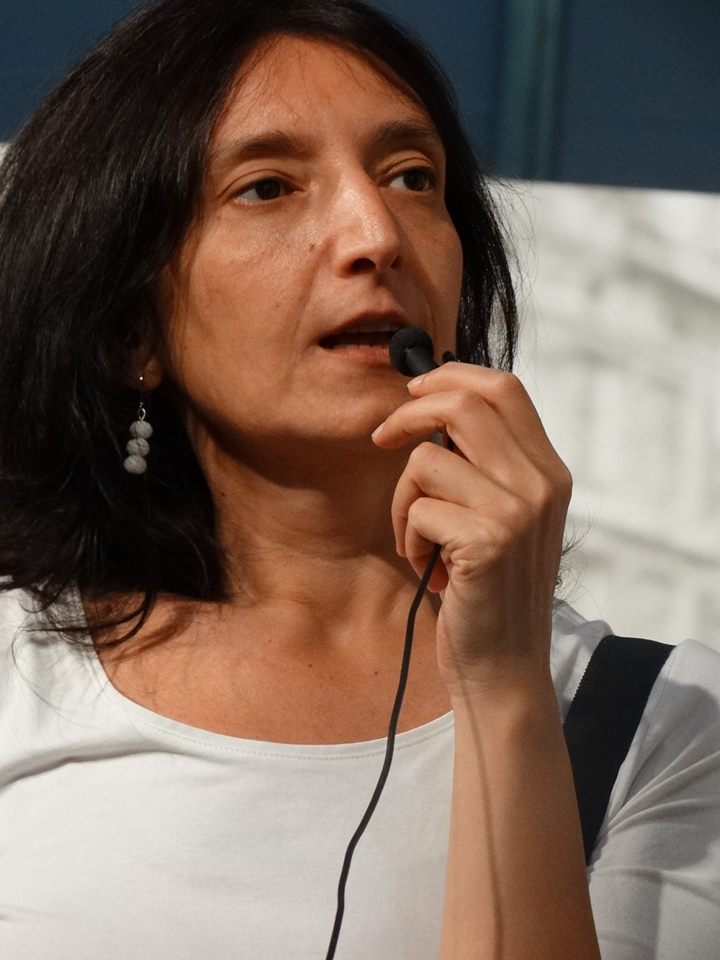Christ lives in you. Dostoevskij. The image of the world and of man: icons and paintings
The exhibition is dedicated to the structure of the images in Dostoevsky’s works and to their role. The purpose of the exhibition is to show how the “bi-composed” image used by Dostoevsky conceals (and unveils) the eternal face placed under the features of the current reality; the exhibition wants to show that events from the Gospels can be recognized in the harshest and most stinging situations of our daily life; and it wants to visually demonstrate which concrete means –- the tradition of the sacred Catholic painting and that of the Orthodox icons — Dostoevsky used to create these images. The icon and the painting, looked at through the prism of Dostoevsky’s creative method, reveal themselves to the spectator not as two things that exclude one another, but as complementary, the one turned towards the other in the creation of the Christian culture: the icon looks at man, goes towards the human being starting from the divine, while the sacred paintings turn towards God starting from the depth of our world. But at the same time, the icon is also in the most hidden depths of man himself, and the painting looks at God through His own eyes. When the two kinds of image of the Christian world, which represent the double nature of Christ, find themselves facing each other, they reproduce in each and every representation the single image of the One who, being at the same time man and God, has become the way and the bridge between two worlds.
The bi-composed image is a property that Dostoevsky’s texts have in common with the reality that surrounds us, if we try to look at it in a Christian way. Contemporanousness has in itself the properties of the eternal. Reality has the property to create an exterior image which is visible to anyone as the place where the events narrated in the Gospels happen again today: we can meet them and we can answer to their challenge. In the way he constructs the images, Dostoevsky follows, recovers, and transforms the deepest tradition of the Western European culture. From this point of view, we find the most powerful analogy not first of all in the literary texts (although it can be found there as well) but in the figures of the great saints. St. Francis’ stigmata make him Christ’s icon but also, and this is extremely important, Christ’s worker. By accepting the image of Christ’s sores, the saint allows the sacred mystery to accomplish itself and to act again in the world carrying on his history. And those who see his stigmata see the sweet image of those sores but also other new and lively sores, which are excruciating for those who carry them. Both St. Francis and Dostoevsky, by including the previous image in the new one, allow us to meet that image as a reality. The great Christian art, of which Dostoevsky is a leading figure, created works of art that allowed the human being to encounter not the almighty and triumphant God, but rather the suffering God, God-man in the space of His worldly life. To meet Him in the work of art and to learn to meet Him in the daily life, and thus to learn how to recognize Him in each human being. The great Christian art taught to the human being how to see in the created reality that space which is always current in the Gospel: the space where the contemporary man can enter in order to accomplish what was proposed to man in the Gospels and that man didn’t accomplish.
The exhibition is divided into sections where panels with Dostoevsky’s quotes show how the author uses the images in his novels, and the display of icons and paintings comment on their meaning. The first two sections introduce to the function of the image in Dostoevsky and to the relationship between icons and paintings; the following sections offer an analysis of some works of art; the last section is dedicated to the moment of Dostoevsky’s death, because above his deathbed an icon and a painting were placed one facing the other. The main purpose of the exhibition is to educate the eye of the spectator so that he can learn to see both the depth of the images in Dostoevsky’s texts, and the depth of the images that are in the reality surrounding us, so that he can finally recognize in everything the image of Christ who lives in every man.
Curated by Tat’jana Kasatkina.
With the stage-managed of Arina Kouznetsova.
Scientific Committee: Elena Mazzola, Uberto Motta, Alessandro Rovetta.
With the collaboration of professors and students from various Russian and Italian universities.











